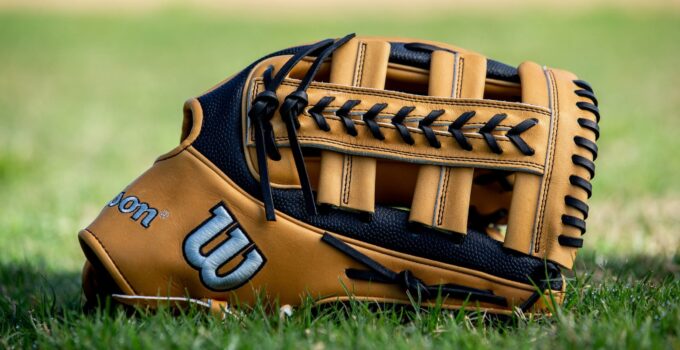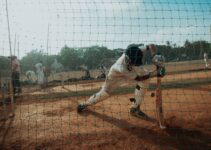When you step onto the baseball field, having the right gear is essential, and your glove is your power. Whether you’re a seasoned player or just starting a perfectly fit baseball glove is crucial for fielding, catching, and throwing.
Baseball gloves come in various sizes and styles. To Get maximum performance, finding the perfect fit is crucial. Today, we’ll provide a comprehensive baseball glove size chart to ensure you choose the ideal one for your needs.
Importance of Choosing the Right Size
Selecting the right-sized baseball glove significantly impacts a player’s performance, ensuring a comfortable and secure fit, optimal control, and improved catching abilities. A well-fitted glove can make the difference between a perfect catch and a missed opportunity.
Measuring the Hand for Proper Fit
Accurate measurement of the hand is vital in determining the appropriate glove size. Players can pinpoint the ideal one dimensions for a snug and comfortable fit by considering the hand’s circumference and length, facilitating seamless movements on the field.
Baseball Glove Sizing Chart
A baseball glove size chart is valuable for finding the ideal fit. Here’s a comprehensive guide to the sizes available based on age and position:
Children’s Sizes
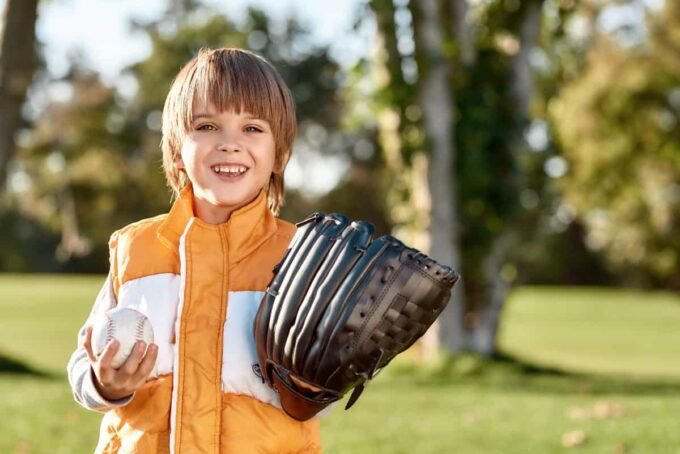
Source: verbnow.com
For young baseball enthusiasts, selecting the correct glove size is crucial for their comfort and skill development. The sizing chart for children’s ones varies based on age and hand measurements, ensuring the glove fits securely without inhibiting movement.
Adult Sizes
Adult players, too, need to be aware of the diverse glove sizes available to match their hand dimensions. With a comprehensive sizing chart catering to different hand shapes and sizes, adult players can find the perfect one for optimal dexterity and control.
| Age Group | Position | Glove Size (Inches) |
| 5-7 Years | All | 9 – 11 |
| 8-10 years | Infield | 10 – 11.5 |
| 8-10 years | Outfield | 11 – 12 |
| 11-13 years | Infield | 11-11.5 |
| 11-13 years | Outfield | 11.5-12.5 |
| 14+ years | Infield | 11-11.75 |
| 14+ years | Outfield | 12-12.75 |
Remember, these sizes are close estimates, and what feels best for you matters most.
Selecting the Right Glove
When choosing a baseball glove, consider the following factors:
- Position: Your playing position significantly impacts the glove you should choose. Infielders typically use smaller ones for quick transfers, while outfielders prefer larger ones for better catching range.
- Material: Leather gloves are the standard, but there are various types. Each has its advantages, so choose the one that suits your needs.
- Webbing: The style of the webbing affects the glove’s performance. Closed webbing provides more support for pitchers, while open webbing allows outfielders to see through the glove.
- Break-in Period: Leather ones need some breaking in to feel comfortable and flexible. Keep this in mind when making your selection.
- Try Before You Buy: It’s crucial to try on different gloves to see how they feel on your hand. Your comfort and confidence on the field depend on it.
Tips for Maintaining Baseball Gloves
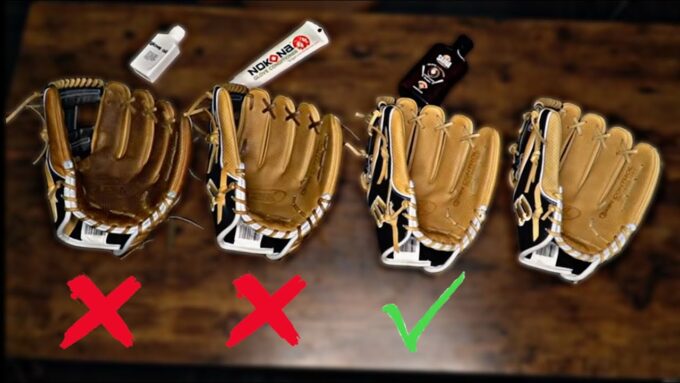
Source: m.youtube.com
Ensuring the longevity of baseball gloves requires consistent care and maintenance. Proper cleaning, conditioning, and storage practices can significantly extend the glove’s lifespan, preserving its structural integrity and functionality over the long term.
Impact of Size on Performance
The size of a baseball glove can directly influence a player’s performance on the field. A well-fitted one enables better ball control, improved catching abilities, and enhanced agility, ultimately contributing to a player’s overall confidence and success during gameplay.
Customizing Gloves for Individual Needs
Some players may require personalized adjustments or modifications to their gloves to accommodate specific hand structures or playing styles. Customization options allow players to tailor their gloves to their unique requirements, optimizing comfort and performance.
Top Brands Providing Varied Sizes
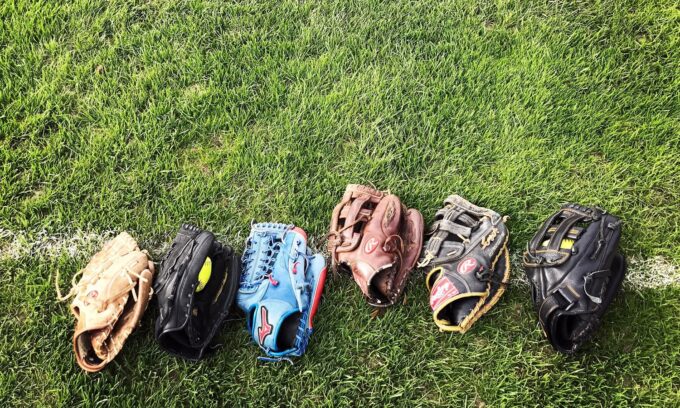
Source: guardianbaseball.com
Several renowned brands offer a wide range of baseball glove sizes, catering to the diverse needs of players at different skill levels. These brands prioritize quality, comfort, and performance, ensuring players can find the perfect glove that aligns with their preferences and requirements.
Recommendations for Beginners
For novice players venturing into the world of baseball, selecting the right glove can be a crucial first step. Opting for a well-fitted, durable, and easy-to-handle glove can significantly aid in skill development and foster a love for the game from the outset.
Advanced Options for Professional Players
Experienced players and professionals often seek advanced glove options tailored to their specific playing styles and preferences. Brands offer specialized features and materials, allowing seasoned players to fine-tune their equipment to maximize their performance and maintain their competitive edge.
Tips for Breaking in a New Glove
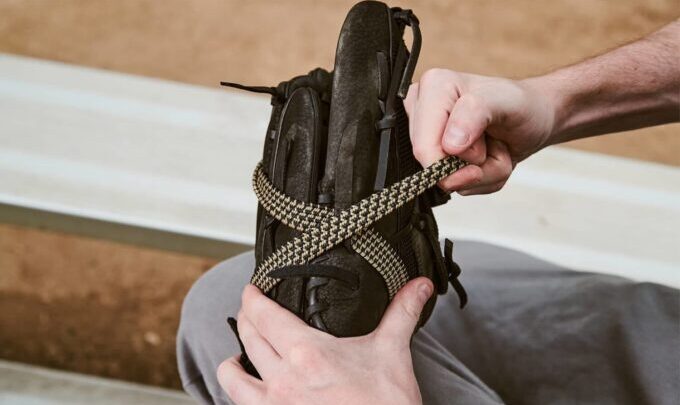
Source: nike.com
Breaking in a new glove is a crucial process that ensures the glove molds to the player’s hand, enhancing comfort and flexibility. Several effective techniques, several effective techniques, including catching and using glove oil, can expedite the break-in process, allowing players to achieve optimal performance more quickly.
Frequently Encountered Issues and Solutions
Players often encounter issues such as discomfort, lack of flexibility, or premature wear and tear with their baseball gloves. Addressing these concerns requires proper troubleshooting and maintenance techniques, ensuring the glove remains in prime condition and supports the player’s performance throughout its lifespan.
Conclusion:
In the exciting world of baseball, the right equipment is a game-changer. Picking the right size for your baseball gloves is super important. Check out our helpful baseball glove size chart and FAQs. Do research and collect the information you need to pick the perfect one. The right one will level up your game and ensure you enjoy the game with full potential.
FAQs
Q 1. Can I use the same glove for both infield and outfield positions?
While it’s possible, using a specific one for each position is ideal for better performance.
Q 2. What if my glove feels too tight or too loose?
You can break in a glove that’s slightly tight, but if it’s too loose, consider trying a different size.
Q 3. Should I consider the material of the glove when choosing a size?
Yes, leather ones may require more breaking in, so keep this in mind when choosing your size.
Q 4. Is it essential to try the glove before buying it?
Absolutely! Trying different sizes and models is the best way to ensure a proper fit.
Q 5. Can I use a youth-sized glove as an adult with smaller hands?
Yes, some adult players with smaller hands find youth-sized ones more comfortable.
Q 6. What if my child is in between the sizes on the chart?

